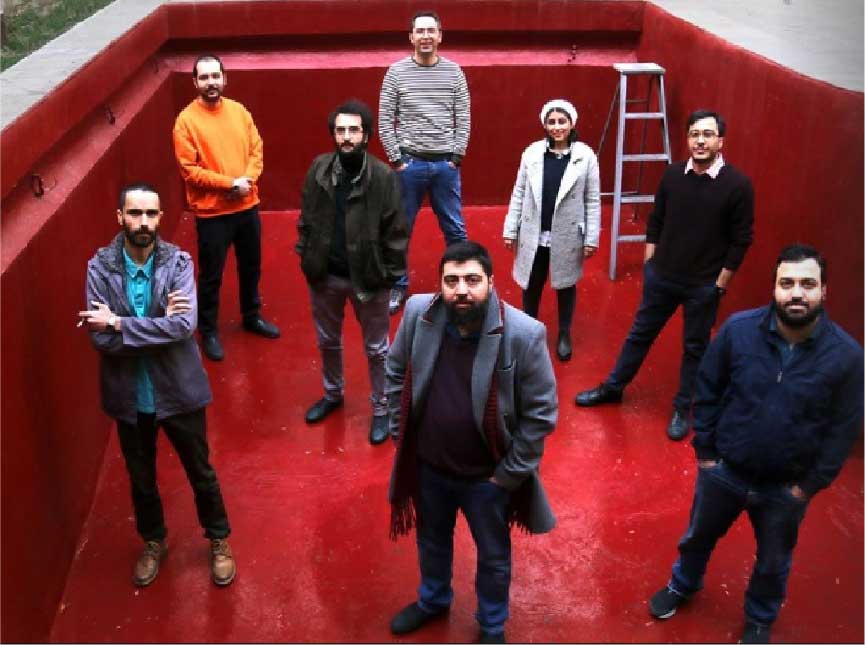At a time when modern thinking in contemporary Iran is both inevitable and seriously flawed, businesses related to art and architecture, due to the lack of theoretical coherence in the cultural community and their own weakness in creating civic and institutional dimensions, have become scattered voices in today’s Iranian economic system that can neither expand their sphere of influence nor ensure their sustainable survival in this system. In such circumstances, the efforts of these businesses are simply a struggle for survival, and it is natural that sustainable influence in the broader system of international art and architecture is very unlikely at this time. It is obvious that in such circumstances, one cannot expect that the scattered international awards in these fields (which are certainly not few) can effectively institutionalize the civil system of Iranian art and architecture, and artists and architects who achieve international success often separate from the body of contemporary Iranian art and architecture and join the global system of their field of activity. Of course, this cannot be a subject of criticism in the first place, but since this recurring process has a weak impact on the civil infrastructure of contemporary Iranian art and architecture, it is necessary to think of a solution for the sustainable establishment of institutions in the field of art and architecture in the modern economic system, on the basis of modern thought, so that if criticism is also directed at this system, it can be provided within the limits of the ability of art and architecture, provided that such institutions survive. “Hammers Art and Architecture Group” has entered Iran’s economic system with such a motive, so that it can build a model of sustainability for businesses related to art and architecture in contemporary Iran, relying on strategies derived from modern thinking.
